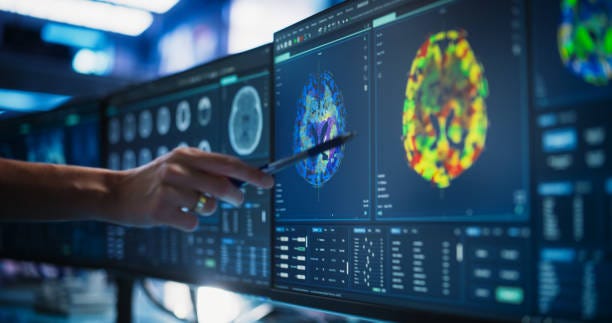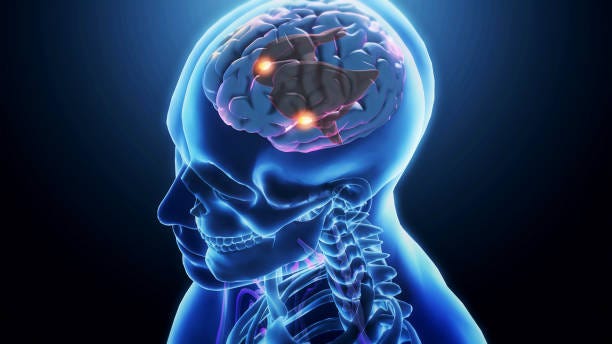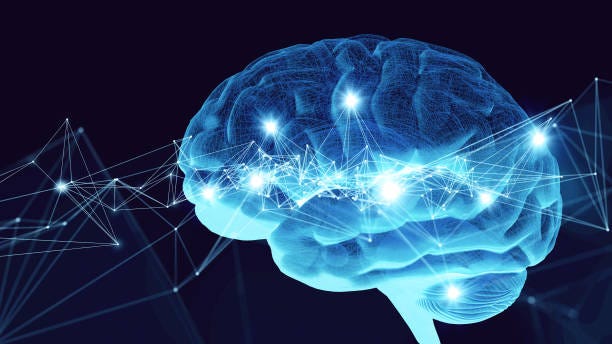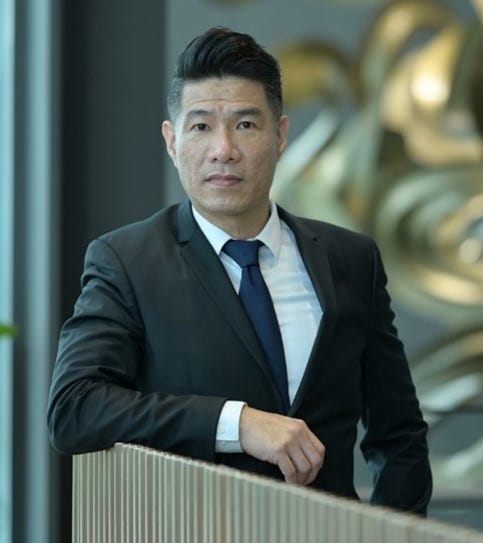Integrating Advanced Bioelectronics, AI, and Immersive Reality for Precision Neuromodulation
The field of neuromodulation is moving beyond generic, high-intensity electrical stimulation towards a future of personalized, low-power, and context-aware therapeutic interventions. This transformation is being driven by the convergence of three critical innovation vectors: (1) the development of mechanically compliant bioelectronic interfaces that seamlessly integrate with neural tissue, (2) the application of Artificial Intelligence (AI) and machine learning to decode neural signals and optimize therapy in real-time, and (3) the integration of immersive virtual reality (VR) to create closed-loop systems that treat the mind and body in unison. This synthesis of advanced materials science, data analytics, and neurotechnology is creating a new class of digital medicines with the potential to treat a vast range of conditions—from neurodegenerative diseases and chronic pain to psychiatric disorders and motor rehabilitation—with unprecedented efficacy and minimal invasiveness. This paper explores these converging trends and their implications for the future of healthcare.
1. The Foundation: Overcoming the Bioelectronic Interface Challenge
A primary historical limitation of neuromodulation has been the fundamental mismatch between rigid, high-impedance electronic devices and the soft, dynamic environment of biological tissue. This mismatch often requires high stimulation voltages, causes tissue inflammation, and leads to signal degradation over time.
Recent advances in materials science are solving this problem. The development of impedance-matching hydrogel bioelectronics represents a critical leap forward. These devices are mechanically compliant, reducing immune response and forming a more intimate and stable interface with nerves. By facilitating efficient electrical coupling, they enable effective neuromodulation at significantly lower voltage thresholds. This not only improves safety and patient comfort but also enhances the longevity and precision of the devices, forming a reliable foundation for chronic applications.
Strategic Implication: The advent of soft, compliant bioelectronics is the enabling hardware that makes long-term, high-fidelity neural interfacing feasible, paving the way for more sophisticated and continuous therapeutic algorithms.
2. The Intelligence Layer: AI-Driven Personalization and Adaptive Learning
Traditional neuromodulation operates on a "one-size-fits-all" model of static dosing, which fails to account for the dynamic and chaotic nature of brain pathophysiology, especially in conditions like Parkinson's, stroke, or depression.
AI is reframing neuromodulation from a static intervention into a dynamic, learning process. AI-enhanced neuromodulation uses data-driven approaches to continuously adapt therapy. Machine learning algorithms can analyze real-time neural signals (EEG, fMRI) or behavioral outputs to identify optimal stimulation parameters moment-by-moment. This creates a closed-loop system that "listens" to the brain's chaos and responds with precision, moving the field toward truly personalized neurorehabilitation that learns from each patient's unique neural "loss."
Strategic Implication: AI is the software and operating system of next-generation neuromodulation. It transforms devices from simple stimulators into intelligent partners in therapy, maximizing efficacy by dynamically responding to the patient's state.
3. The Application Frontier: Integrated Solutions for Complex Disorders
The convergence of advanced interfaces and AI is catalyzing progress across the therapeutic spectrum.
Chronic Pain and Phantom Limb Pain (PLP): Research is moving beyond simple stimulation to combining targeted neural stimulation with immersive virtual reality. By creating a congruent sensory experience in VR that aligns with the neuromodulation, these therapies can "rewire" maladaptive neural circuits responsible for neuropathic and phantom pain, addressing both the sensory and top-down cognitive components of the pain experience.
Psychiatry and Geriatric Care: Neuromodulation techniques like rTMS and tDCS are becoming established non-pharmacological options for treatment-resistant depression. Their role in geriatric psychiatry is particularly promising, offering alternatives for patients who cannot tolerate polypharmacy. Furthermore, case studies show the potential of adjunctive rTMS to accelerate recovery in complex conditions like postoperative aphasia.
Motor Rehabilitation and Learning: The principles of neuromodulation extend to enhancing neuroplasticity. Research into locomotor adaptation and the use of non-invasive techniques like gamma-band binaural beats to prime the brain demonstrates how neuromodulation can be used to create an optimal state for learning and recovery, crucial for conditions like Multiple Sclerosis or post-stroke rehabilitation.
Integrative Medicine: Even traditional practices are being enhanced and explores the synergistic potential of combining acupuncture with neuromodulation, suggesting that the precise targeting of modern technology can augment the systemic benefits of ancient practices for conditions like chronic insomnia.
4. Future Directions and Strategic Considerations
The trajectory points toward increasingly non-invasive, intelligent, and integrated systems. The future will likely see:
Fully Closed-Loop Ecosystems: Seamless integration of AI, bio-sensors, neuromodulation hardware, and immersive digital environments for holistic treatment.
Expansion of Non-Invasive Techniques: Further development of methods like binaural beats and focused ultrasound that modulate brain activity without implantation.
Bio-Inspired Neuromorphic Circuits: Designs like the dual-capacitor neuron model that mimic biological neural processing, leading to vastly more efficient and brain-like interfaces.
A New Era of Digital Medicine
We are at the inflection point where neuromodulation is evolving from a blunt tool into a refined and intelligent technology platform. The synergy of compliant bioelectronics, adaptive AI, and context-aware immersive therapy is creating a powerful new framework for treating some of medicine's most challenging disorders. For healthcare providers, investors, and policymakers, the imperative is clear: to foster cross-disciplinary collaboration, support the translation of these technologies from lab to clinic, and develop the regulatory and reimbursement frameworks that will allow this new era of precision neuromodulation to reach its full potential and improve patient lives on a global scale.
Stay informed of these developments via my LinkedIn updates at https://www.linkedin.com/in/zenkoh/ and subscribe to my newsletter at
Legal Disclaimer
This article is intended for informational purposes only and does not constitute professional advice. The content is based on publicly available information and should not be used as a basis for investment, business or strategic decisions. Readers are encouraged to conduct their own research and consult professionals before taking action. The author and publisher disclaim any liability for actions taken based on this content.





